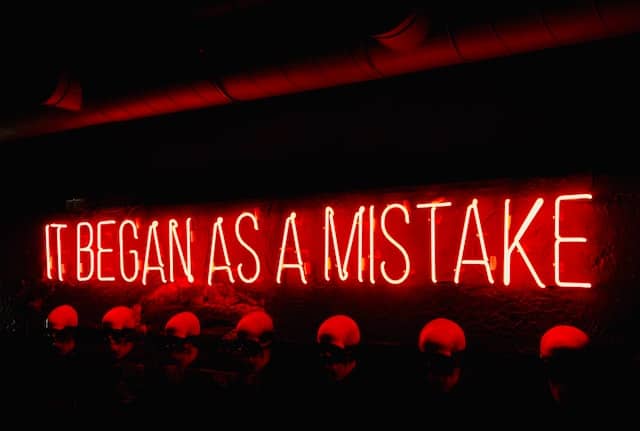What do the boys mistake the Beast to be? In William Golding’s classic novel, “Lord of the Flies,” the boys stranded on the island are plagued with fear of a beast that they believe is lurking in the shadows. However, their perception of the beast changes as the story progresses. At first, the boys mistake the beast to be a creature that they think is roaming the island. But as the plot unfolds, it becomes clear that the beast is a manifestation of their own fears and inner demons.
What do the boys mistake the Beast to be? (Answer)
In the novel, the boys initially mistake the Beast for a dead pilot who drops from a parachute and lands on the island. The boys see the parachute gets tangled in the trees on the mountain, and they assume that the beast has come to the island. The twins Sam and Eric, also called Samneric, spot the dead parachutist early in the morning and mistake him for the beast.
The boys’ perception of the beast symbolizes their descent into savagery and increasing fear of the unknown. The boys quickly jump to conclusions and believe that the beast is a physical entity threatening their survival. Their fear of the beast drives them to create weapons to defend themselves and to conduct nighttime expeditions to hunt down the creature.
However, as the story progresses, the boys begin to realize that the beast is not a tangible entity but a representation of their inner demons. The beast represents the boys’ fears, a tendency toward violence, and loss of innocence. The realization that the beast is not a physical entity but a manifestation of their fears is a turning point in the story. It forces the boys to confront the truth about themselves and their choices on the island.
Who do the boys think is the real beast?
In Lord of the Flies, the boys on the island initially believe that a physical beast is lurking in the jungle. However, as their fear and desperation grow, they start to project their own inner darkness onto this imagined creature. Simon, being the one who discovers the truth about what they perceive as the beast—the dead pilot—becomes a martyr for attempting to reveal this truth to them. His murder at the hands of his fellow boys represents that the real beast is not an external entity but rather the inherent evil that resides within human nature.
What do the different boys want to do about the beast from the air?
In Lord of the Flies, the different boys have varying perspectives on how to handle the fear-inducing presence of the beast from the air. Some boys, like Ralph and Simon, attempt to confront their fears by exploring and investigating the supposed threat. They want to understand it better and find ways to overcome it. On the other hand, other boys, like Jack and his hunters, prefer to distract themselves from their anxieties by engaging in activities that provide a sense of comfort and security. They choose to play in the castle or go back to the camp, embracing a temporary escape from their fear rather than directly facing it.
Why do the boys run from the beast?
The boys run from the beast in Lord of the Flies because they are scared. Throughout the novel, fear plays a significant role in shaping their actions and decisions. The idea of a mysterious and terrifying creature lurking on the island triggers a primal fear that drives them to flee. Their imaginations amplify this fear, making it seem even more threatening and dangerous. Additionally, their lack of understanding and knowledge about the beast’s true nature further fuels their terror, pushing them to escape rather than confront it.
What does Sam and Eric’s description of the beast tell us about human psychology?
Sam and Eric’s description of the beast in Lord of the Flies reveals a significant aspect of human psychology – the tendency to interpret things unrealistically. Despite their initial disbelief in the existence of a beast, they gradually succumb to fear and start perceiving it as a tangible threat. Their description highlights how easily humans can be swayed by their emotions and imagination, distorting their perception of reality. This inclination towards interpreting things unrealistically exemplifies the fragility of human psychology and the potential for irrationality when confronted with fear or uncertainty.
Conclusion
In conclusion, the boys’ initial perception of the beast in Lord of the Flies is that it is a physical entity that threatens their survival. They mistake a dead pilot for the beast and are driven to violence and fear by their belief in its existence. However, as the story unfolds, it becomes clear that the beast symbolizes the boys’ inner demons and their descent into savagery. The realization that the beast is not a physical entity but a representation of their own fears is a critical moment in the story. It forces the boys to confront the truth about themselves.
